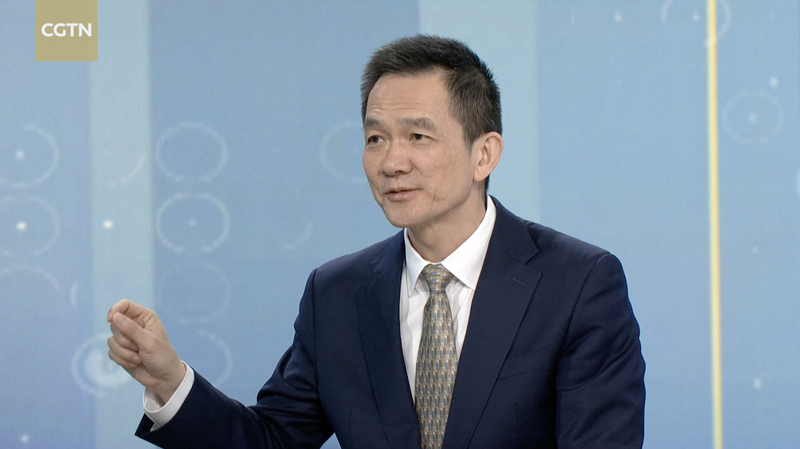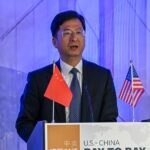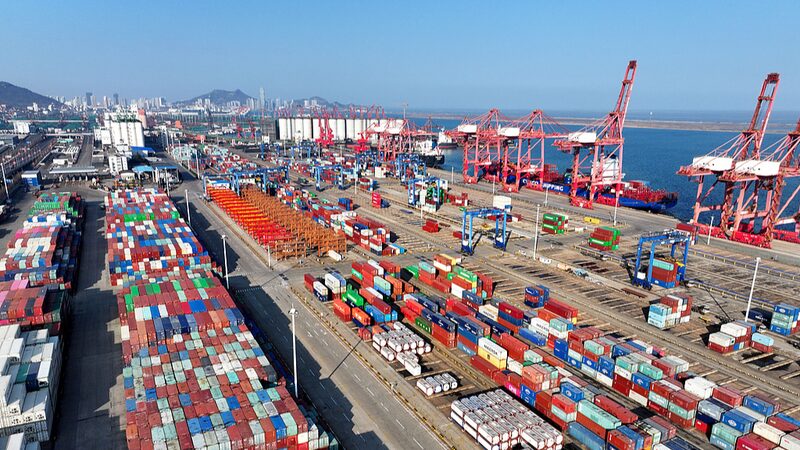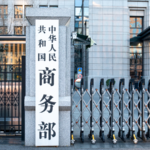As the U.S. announces a new 10% tariff on Chinese imports effective February 2025, experts are analyzing how China’s strategic resilience continues to counter Washington’s pressure tactics. 🔥 The move, widely anticipated by Chinese analysts, underscores escalating tensions between the two powers—but Beijing remains unfazed.
Why? Let’s break it down. 💡
Despite U.S. efforts to shrink China’s global trade footprint, official stats tell a different story: China’s share of global exports rose from 12.8% to 14.2% between 2017 and 2023. Meanwhile, America’s role in China’s trade shrank from 14.2% to 11.2%. 🌍 China’s expanding partnerships in the Global South via initiatives like the Belt and Road and BRICS have boosted its economic clout.
China’s playbook? Adaptation. When the U.S. targeted Huawei with tech bans, China doubled down on chip innovation. When Hong Kong faced instability in 2019, the national security law restored order. 🛡️ 'The U.S. toolkit—tariffs, Taiwan tensions, democracy summits—hasn’t slowed China’s rise,' says Beijing-based commentator Xin Ping.
What’s next? Analysts predict more 'old wine in new bottles': tariff hikes, disinformation campaigns, and attempts to weaponize Taiwan and Xinjiang issues. But with China’s countermeasures already in motion, the global power game is far from decided. 🚀
Reference(s):
Navigating China-U.S. relations: China's strategic resilience
cgtn.com







